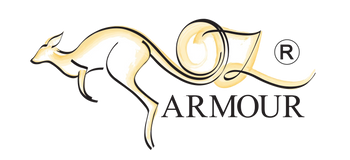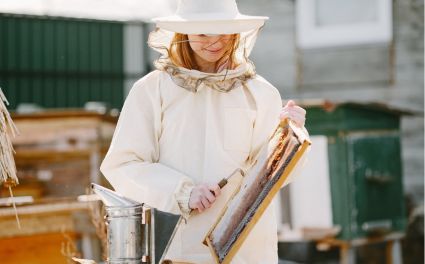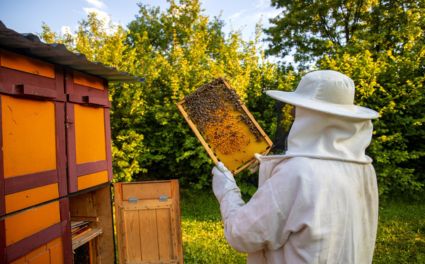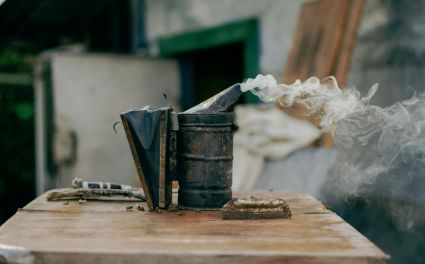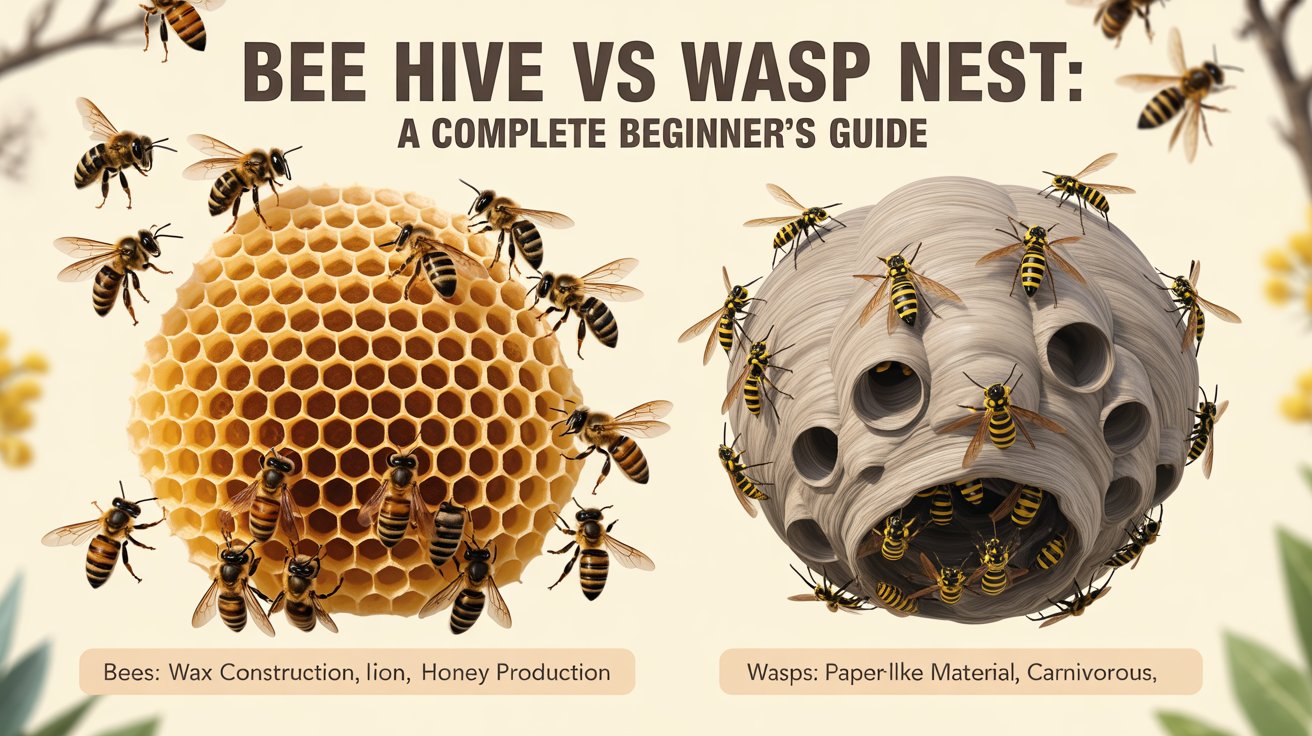Understanding the difference between a bee hive and a wasp nest is essential for anyone interested in beekeeping or simply wanting to manage these insects safely. Although bees and wasps may look similar from a distance, their nesting habits, materials, and behaviours are entirely different. Recognising these distinctions helps protect both humans and honey bees, ensuring safe and sustainable hive management.
This detailed guide explains how to identify bee hives and wasp nests, their behavioural traits, safety measures, and the best beekeeping equipment to use.
Understanding Bee Hives
Beehive Identification
A bee hive is a well-structured home for honey bees, found in hollow trees, wall cavities, or man-made hive boxes. Inside, worker bees produce wax and build hexagonal cells used to store honey, pollen, and raise brood. The hive is a bustling ecosystem — every bee has a role, from foraging to caring for larvae.
When identifying a bee nest, look for a smooth wax structure and constant activity around a single entrance. You’ll often see bees flying in and out during daylight, especially near flowering plants.
For beginners, approaching a hive safely starts with using the right gear. Protective wear like Beekeeping Suits and Beekeeping Jackets ensures protection from stings while allowing ventilation and comfort.
Bee Behaviour
Bees are gentle and rarely attack unless provoked. Their main focus is pollination and nectar collection — vital for plants and food crops. Observing bee behaviour helps new beekeepers work confidently.
During hive inspections, slow movements and proper gear are crucial. Wearing Beekeeping Gloves keeps your hands safe while maintaining dexterity, and a Beekeeping Veil protects your face without limiting visibility.
For families involving children, Beekeeping Kids Suits are specially designed for safety and comfort, allowing young learners to experience the lives of bees closely without risk.

Understanding Wasp Nests
Wasp Nest Identification
A wasp nest is very different from a bee hive. Instead of wax, wasps chew wood fibres mixed with saliva to make a paper-like structure. Their nests are light grey or brown and have a papery texture. Common locations include roof eaves, tree branches, or even underground burrows.
If you notice a round, papery nest with a single entry point and wasps flying rapidly in and out, it’s a wasp nest — not a beehive.
When handling wasp nests, always prioritise safety. Wearing reliable protective clothing such as Beekeeping Trousers helps reduce sting risk during inspections or removals.
Wasp Behaviour
Wasps are naturally aggressive and territorial. They can sting multiple times, unlike bees, which sting once. Wasps do not produce honey and have limited pollination value. Their defensive nature makes nest management riskier.
If you find a nest near your home, avoid touching or disturbing it. Nighttime is the safest period to handle wasp nests, as activity levels drop. Always wear a Beekeeping Veils and full suit coverage.
OZ Armour’s research-based protective clothing answers common safety questions like “do bee suits protect from wasps?” Their durable materials and triple-layer protection provide confidence even around aggressive insects.
Bee Hive vs Wasp Nest — The Key Differences
| Feature | Bee Hive | Wasp Nest |
|---|---|---|
| Material | Beeswax produced by honey bees | Paper-like pulp made from chewed wood |
| Colour & Texture | Smooth, golden, waxy | Grey or brown, papery |
| Location | Tree hollows, hives, sheltered spots | Trees, attics, roofs, underground |
| Behaviour | Calm and cooperative | Aggressive and defensive |
| Purpose | Pollination and honey production | Predation and colony defence |
| Structure | Hexagonal wax combs | Round, layered paper walls |
Understanding these differences can prevent confusion between a beehive or wasp nest, helping beekeepers make informed, safe decisions.
Safety Considerations
Bee Hive Safety
Working with bees requires calmness, consistency, and the right protection. Always wear a Beekeeping Jacket and Beekeeping Ankle Protection to stay safe during hive inspections.
Move gently around hives, avoid perfumes or bright clothing, and never block the bees’ entrance path. Protective gear ensures safety while maintaining comfort, especially during summer beekeeping.
Wasp Nest Safety
Handling a wasp nest is more dangerous than managing bees. Wasps react instantly to vibration or movement. Always keep a safe distance, wear full protection, and avoid removing large nests without professional help.
When equipped with a full Beekeeping Suit and veil, beekeepers can safely conduct minor inspections or maintenance in wasp-prone areas.
Benefits of Beekeeping
Beekeeping offers countless rewards beyond honey production. Bees are essential to agriculture, pollinating fruits, vegetables, and flowers. By keeping bees, individuals actively support biodiversity and environmental health.
Beekeeping is also therapeutic — it teaches patience, focus, and appreciation for nature’s balance. Beginners can Learn Beekeeping through resources and guides that simplify hive management and bee behaviour.
Quality Beekeeping Equipments make all the difference. From ventilated suits to durable gloves, OZ Armour designs protective gear that enhances safety and comfort while working in all climates.
Related Reading & Learning
For those eager to explore further, here are some recommended reads:
-
Bee Nest vs Wasp Nest – a detailed visual guide for quick identification.
-
Bumblebee vs Honeybee – understand how these two vital pollinators differ.
-
Bumblebee vs Carpenter Bee – learn about their nesting habits and behaviour.
-
Do Bee Suits Protect From Wasps? – find out how protective clothing works in real scenarios.
-
Removing a Bee Sting – step-by-step relief and care tips.
-
The Secret Lives of Bees – fascinating facts about bee lifespans and colony dynamics.
-
Read More Blogs About Beekeeping – for seasonal care tips, product guides, and beginner insights.

Final Thoughts
Distinguishing between a bee hive and a wasp nest is not just about safety — it’s about understanding nature’s balance. Bees contribute life and growth through pollination, while wasps play a defensive, predatory role. Knowing how to identify both ensures a safer environment for people and a healthier ecosystem for pollinators.
For beginners, success in beekeeping depends on awareness, education, and protection. Investing in premium gear — such as beekeeping jackets, suits, gloves, veils, trousers, and ankle protection — allows you to work confidently and safely around hives.
OZ Armour continues to support global beekeepers with thoughtfully engineered beekeeping equipment that combines safety, breathability, and long-lasting performance. Their products reflect a commitment to protecting both beekeepers and the bees they nurture.
So whether you’re curious about the difference between a beehive and a wasp nest, learning how to handle bee nests, or exploring the lives of bees, remember — with patience, the right protection, and a passion for nature, beekeeping becomes not just a hobby, but a way of life.
Begin your journey safely with OZ Armour — where safety, innovation, and nature come together in perfect harmony.
